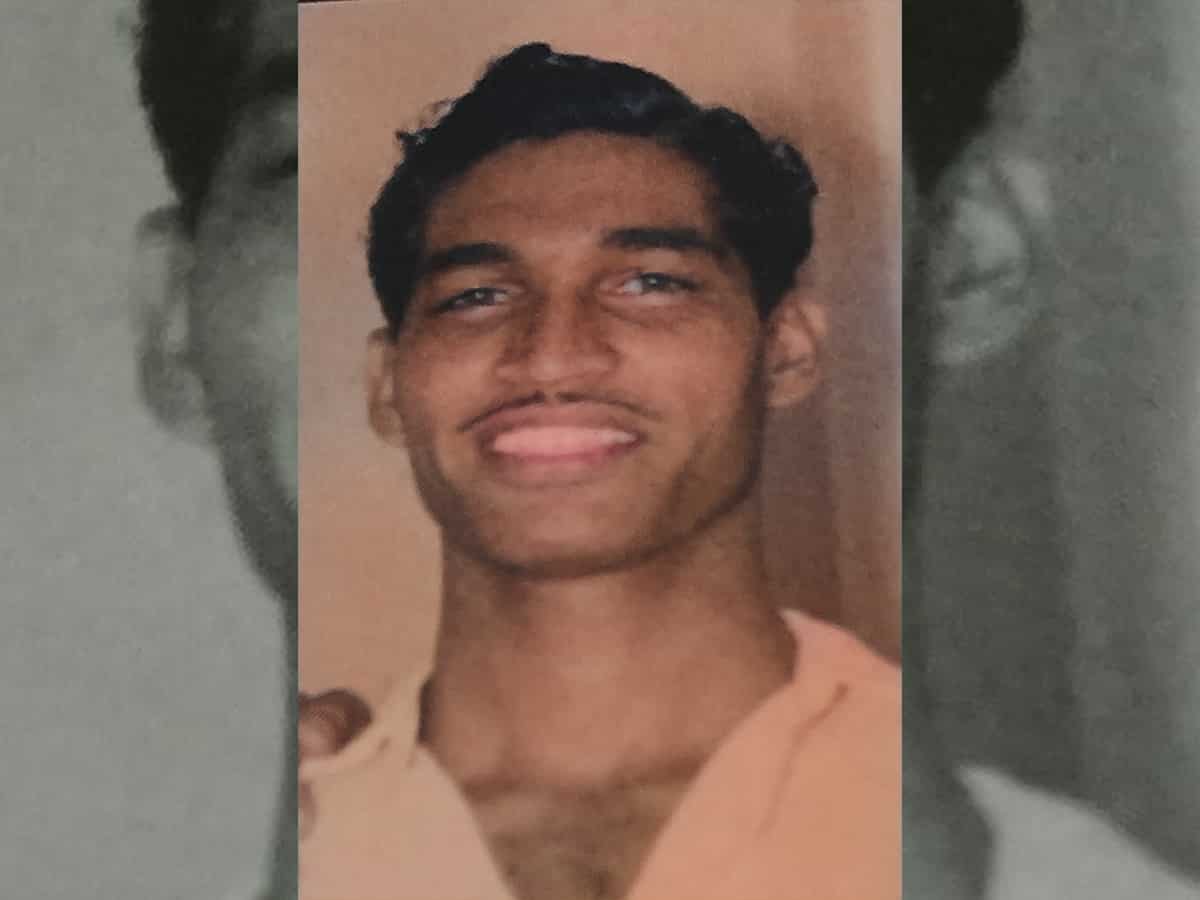In football, the goalkeeper is the base on which the team stands. No team can succeed if the goalkeeper is weak. And many of India’s outstanding performances in the 1950s and 1960s were due to the rock like goalkeeper Peter Thangaraj of Secunderabad. Thangaraj was perhaps the best goalkeeper India has ever had. He played for India at the 1956 Olympic Games in Melbourne where India came fourth. It was India’s best ever performance at any Olympic Games. Later Thangaraj also represented India at the 1960 Olympics in Rome. He was adjudged Asia’s best goalkeeper in 1958 and the government of India honoured him with the Arjuna Award in 1967.
Born in a large family of brothers and sisters in Secunderabad, Thangaraj was a naturally gifted sportsman. He was 6 feet 3 inches tall. His height, sturdy physique and long arms were his greatest assets. Rampaging opposing forwards just could not break him down despite trying their best. The Secunderabad Cantonment has produced several great footballers such as K.P. Dhanraj, Susai senior and junior, Anthony Patrick, Balaram, Thangaraj, D. Kannan, John Victor, Janakiram, Eeraiah and coach G.M. Pentiah among others. There was a flourishing football culture which enabled all the talent to develop. But among players from Secunderabad cantonment, only Victor Amalraj had the honor of leading India.
Peter Thangaraj started his football career with Morning Star Club and Friends Union Club of Secunderabad. He joined the Indian Army in 1953 and began representing the Madras Regimental Centre (Wellington) where he played as a centre forward. In those days MRC Wellington was a famous team throughout India. Later Thangaraj took up the goalkeeper’s position with huge success. Madras Regimental Centre won the prestigious Durand Cup (India’s oldest tournament), in 1955 and 1958. Thangaraj then captained the combined Services team to its first-ever triumph in the Santosh Trophy (India’s national championship) in 1960.
After leaving Services, Thangaraj played for Kolkata’s elite clubs namely Mohammedan Sporting, East Bengal and Mohun Bagan for several years. He was a member of the Bengal team which won the Santosh Trophy in 1963. Later, he led the Railways in 1965 and won the Santosh Trophy for Railways too. Besides playing in two Olympics, he also represented India at the Asian Games in 1962 when India bagged the gold medal.
Twice he played for the Asian All-Star team and was adjudged the Best Goalkeeper in 1967. Thangaraj retired from active football in 1971 and then took to coaching. Thangaraj became head coach of the Aligarh Muslim University. He later managed Vasco club of Goa and then Bokaro Steel Plant’s football team.
He was to India what Lev Yashin was to the USSR and what Gordon Banks was to England. Not only did Thangaraj bring off acrobatic saves, he also marshalled the space behind the defenders and established his authority in the penalty box. Nowadays we have the concept of sweeper-keeper but in India Thangaraj introduced this concept many years ago.
According to football historian Gautam Roy, Thangaraj was unbeatable when it came to handling aerial shots. He could anticipate the swerve of corner kicks and leap high to grab the ball before the forwards could head it into the net. At the same time he could keep an eye on his own attackers. With 70-yard clearances, he could initiate swift counter attacks. The famous P.K. Banerjee has mentioned that Thangaraj’s long throws and kicks helped him to score goals.
In 2008, Thangaraj, a giant of Indian football, passed away at the age of 72 in Bokaro where he was living. His death was mourned by many football lovers and players cutting across different generations. To all those aspiring goalkeepers who followed him, he was an inspirational figure. The tactics that he used were far ahead of his times.
Nowadays we see Germany’s Manuel Neuer doing what Thangaraj used to do decades ago. Thangaraj’s confidence and skills were unmatched and to this day he is hailed as a legend of Indian football.







